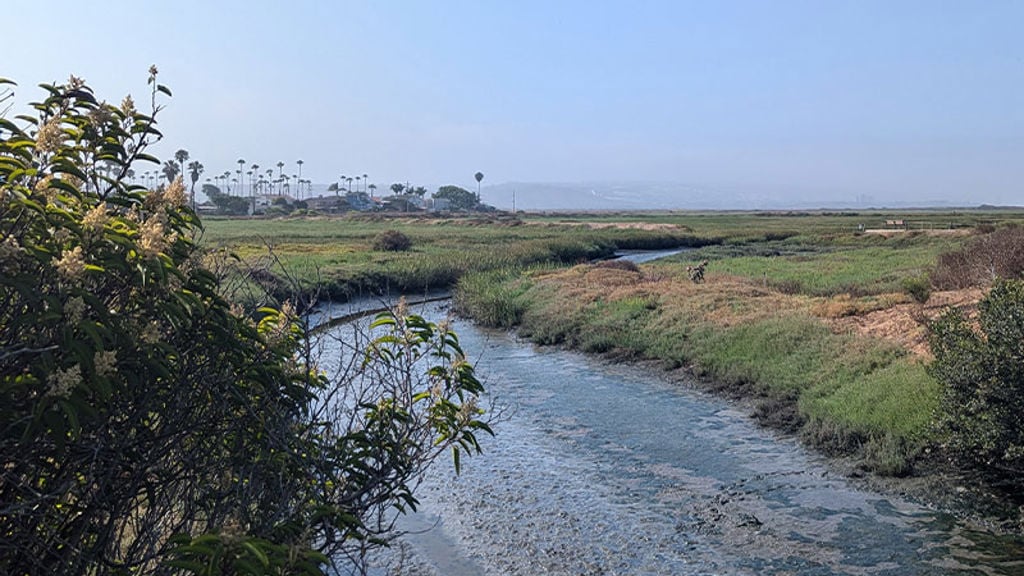By being able to test different future scenarios, our digital twin can help asset owners and operators to turn complex questions into simple answers. Compared to other monitoring systems, a digital twin can help generate and analyse huge amounts of data to predict the impact of system changes and optimise building occupancy.
Grappling with how to make buildings climate neutral by 2030, the Dutch province of Zuid-Holland appointed Arup to create a digital twin for part of the city hall building. Bringing together our digital and design experts, our digital twin was used to find the most cost-effective energy transition measures to future proof the regional government headquarters. Our work has revealed far-reaching optimisations, helping to reduce energy consumption by 39% simply by adjusting some system settings – and without the need for further investment.
Arup’s digital twin has also helped the government map out how space in the building can be used more effectively – crucial as employers adapt to new ways of working – revealing a 40% more effective occupancy use.
Digital twin – the perfect benchmark
With its own unique shape, orientation and systems setup, every building is unique – and difficult to benchmark. Most facility managers struggle to assess how well a building is functioning, or if it is underperforming; but defects or errors in a property’s management system are costly, causing buildings to consume around 30% more energy than they typically need.
Arup’s innovative digital twin provides an exact digital copy of the real building: beyond providing a 3D model, the digital twin can detail how the building is functioning, reproducing the exact system and settings, the building occupancy and the very same weather conditions.
The City Hall digital twin
Using 3D scanning, Arup has developed a 3D (BIM) model of the city hall building. The model acts as an information carrier linking geometric data with product- and system-specific information, sensor data and simulation data. The data model of the City Hall is linked to the building's existing Building Management System, which controls all heating, cooling and ventilation systems.
Thousands of data points were collected, such as individual room temperature, system and outdoor temperatures, flows, ventilation air temperature and solar radiation. IoT sensors were also added to allow users to monitor building occupancy. But the most important element of the digital twin is its analytics capability to assess and act on all the data collected.








